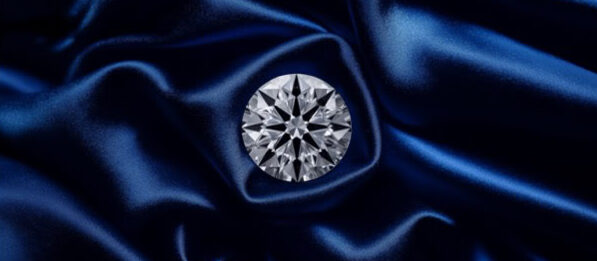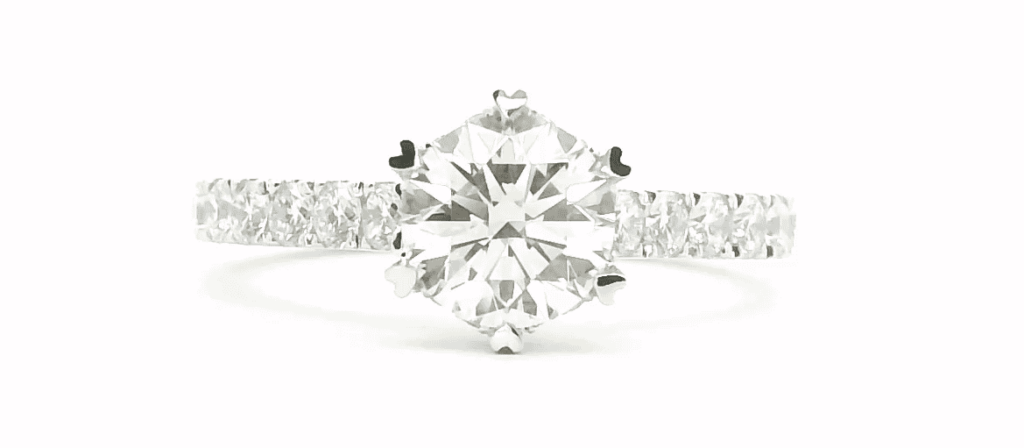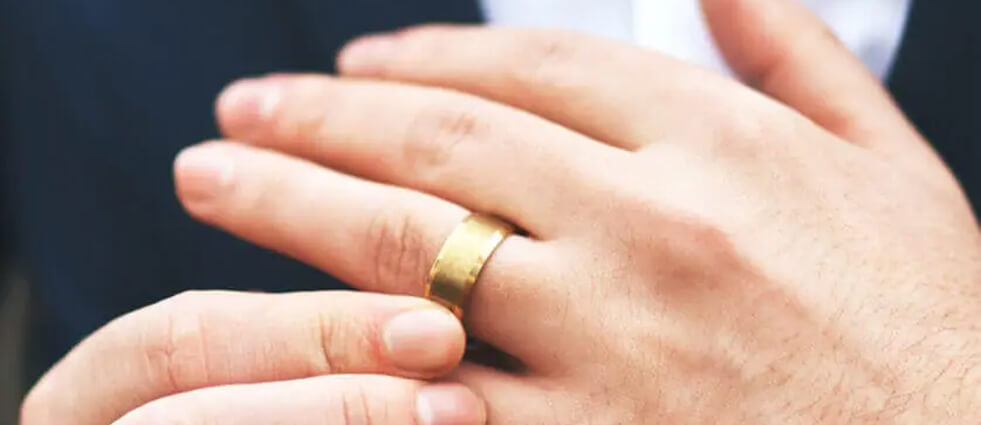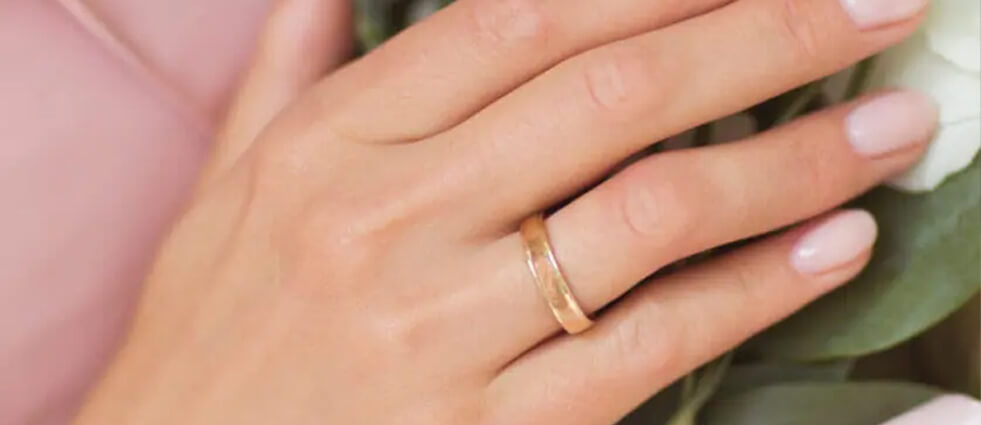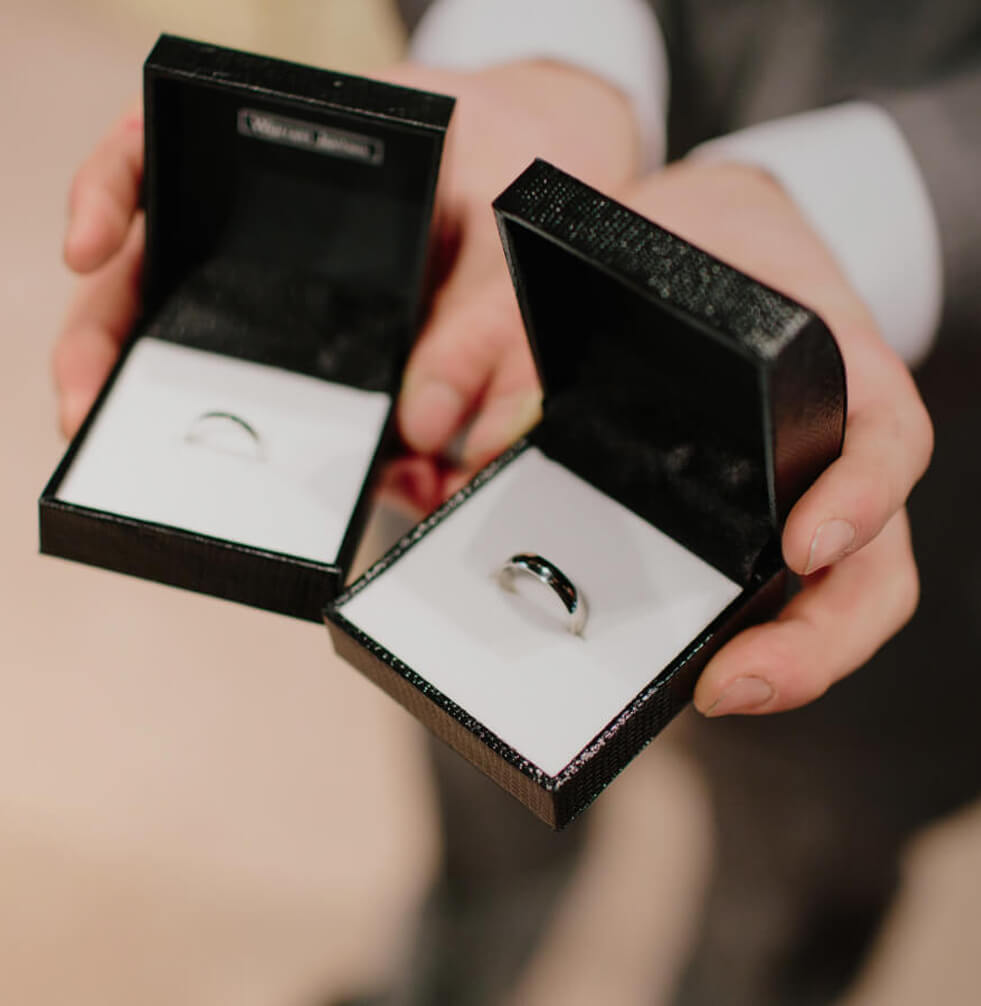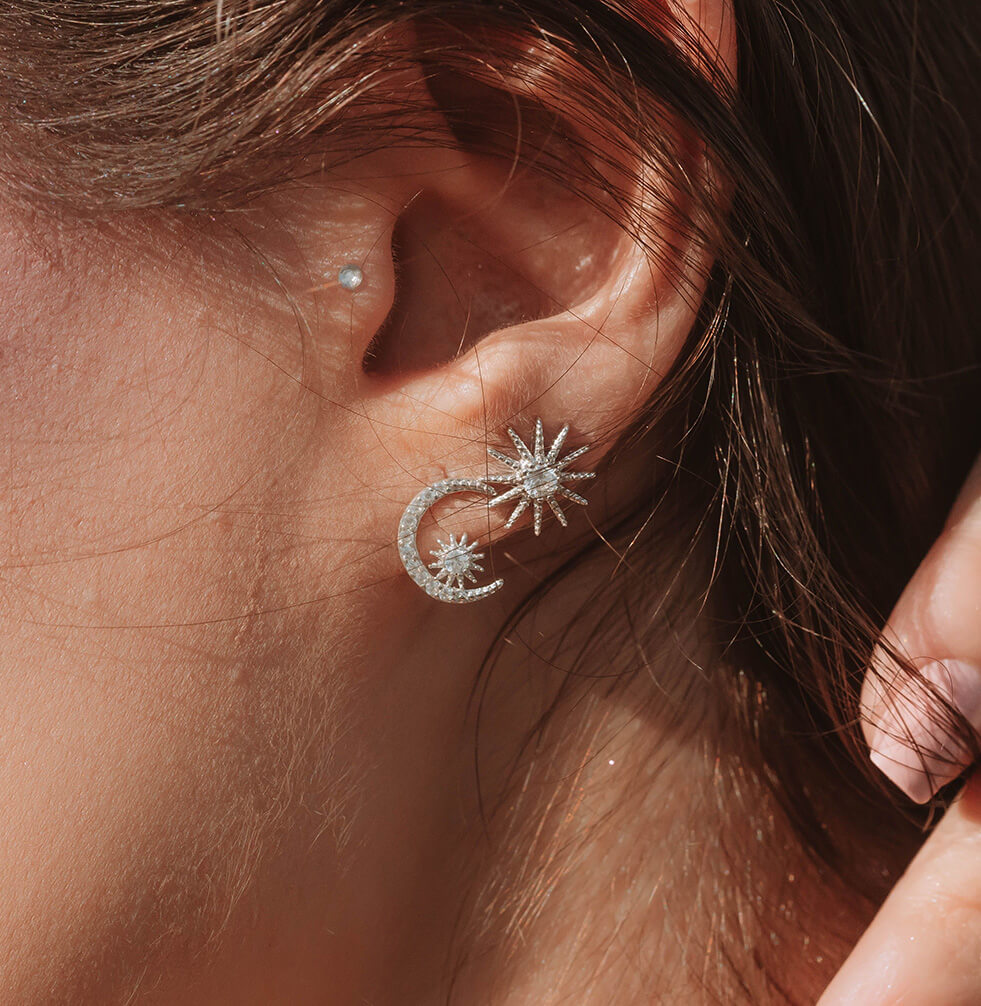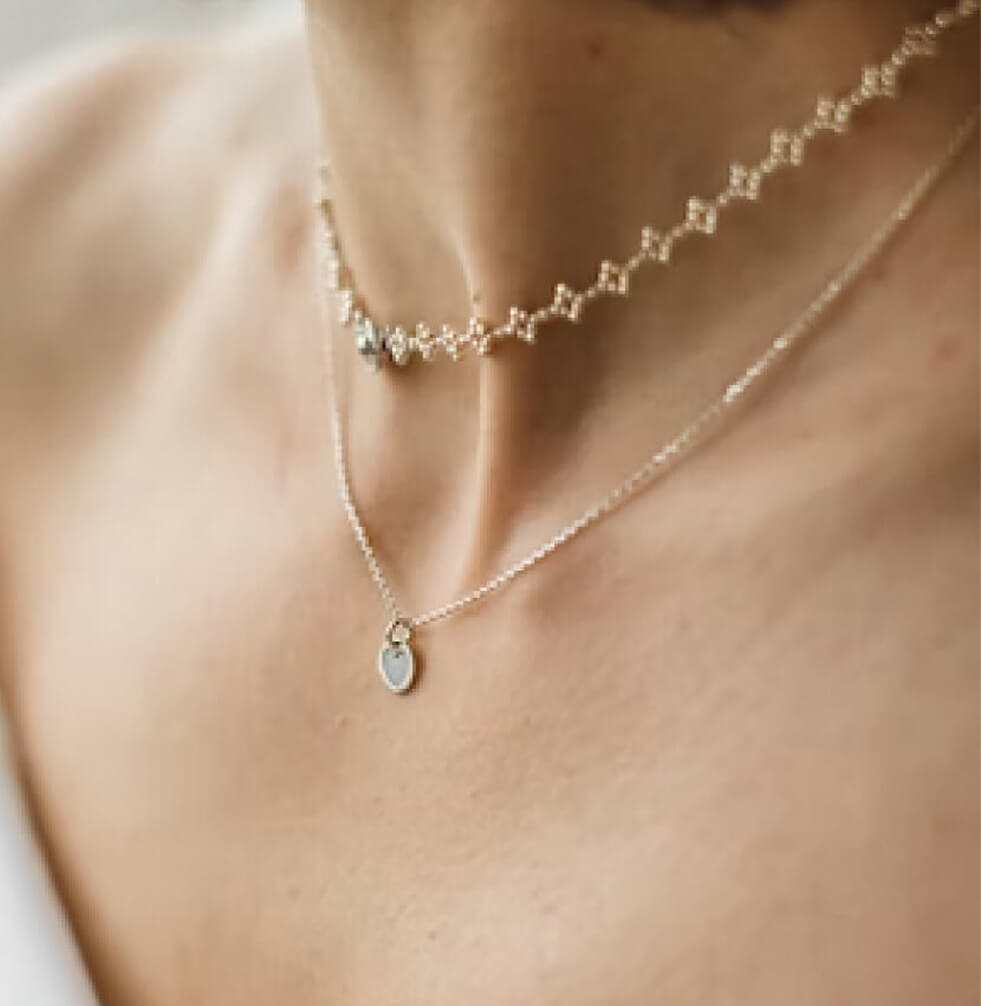Our Latest Articles
Be inspired by the newest trends and topics about wedding and engagement rings.
Big, Bold, Brilliant – The 3.0ct Statement
10/04/2025
<p>If you’re searching for an <strong>affordable engagement ring in Singapore</strong> that doesn’t compromise on wow factor, look no further. This 3.0ct elongated cushion diamond commands attention with its exceptional brilliance and graceful proportions. The elongated shape gives the illusion of an even larger stone while flattering the finger with its elegant length.</p>
<h2>2. The Cushion Cut with a Twist</h2>
<p>While cushion cut diamonds are already known for their soft corners and vintage charm, an <strong>elongated cushion diamond</strong> takes it a step further. It offers a more modern, elongated silhouette—perfect for brides who love a refined, sophisticated look with just a hint of edge.</p>
<h2>3. Set in 18K Yellow Gold – Because Golden Hour Should Last Forever</h2>
<p>There’s something undeniably timeless about yellow gold. This ring is crafted in rich 18K yellow gold, enhancing the warm glow of the diamond and complementing a variety of skin tones. For those looking for a <strong>bespoke engagement ring in Singapore</strong>, this setting is both luxurious and enduring.</p>
<h2>4. Four-Prong Claw Setting – Elegance Meets Edge</h2>
<p>The four-prong claw setting isn’t just about securing the diamond—it’s about showcasing it. The minimal metal visibility allows for maximum sparkle while lending the ring a refined and modern aesthetic. It’s elegance, with a touch of attitude.</p>
<h2>5. Cathedral Setting with 3/4 Pave – Details That Make the Difference</h2>
<p>This design features a <strong>cathedral-style setting</strong> that lifts the diamond above the band, creating height and drama. The 3/4 pave diamonds on the band add extra brilliance from every angle. It’s the kind of craftsmanship you’d expect from the best <strong>custom engagement ring designers in Singapore</strong>—which is exactly who we are.</p>
<h2>Why Choose Diamond Ateliers?</h2>
<p>At Diamond Ateliers, we produce over 80 bespoke rings monthly and guide our clients through every step of the design process. Whether you’re looking for <strong>cheap wedding rings in Singapore</strong> or a one-of-a-kind bespoke piece, we’re here to make your dream ring a reality.</p>
<hr>
<p>As you embark on this exciting journey to find the perfect engagement ring, we invite you to explore your options with us. Whether you’re seeking cheap wedding rings or affordable engagement rings in Singapore, our team is here to guide you every step of the way. Not convinced? Check out the <a href=”https://www.diamondateliers.com/our-process/”>Diamond Atelier Experience</a> to learn more about our consultation process.</p>
<p><strong>Ready to find your dream ring?</strong> Book a consultation with one of our expert jewelers today and discover the perfect symbol of your timeless love.</p>
<p><a href=”https://diamondateliers.simplybook.asia/v2/#book/count/1/provider/1/”>Book Now</a></p>
Read More
Why the Tapered Baguette Ring is the Classic You Didn’t Know You Needed
06/04/2025
Why the Tapered Baguette Ring is the Classic You Didn’t Know You Needed
When it comes to with one of our expert jewelers today and discover the perfect symbol of your timeless love.
Read More
Why this twist double pave lab diamond engagement ring
12/03/2025
When it comes to choosing an engagement ring, you want a piece that not only symbolizes your love but also stands out with elegance and brilliance. At Diamond Ateliers, we specialize in bespoke engagement rings crafted to perfection. Our latest design, the Twist Ring, is a true masterpiece that blends sophistication, sparkle, and intricate craftsmanship.
A Ring That Tells Your Love Story
0.95ct Round Diamond: This ring features a stunning 0.95ct round diamond, meticulously set to maximize brilliance and fire. Known for its timeless appeal, the round diamond remains one of the most sought-after shapes for engagement rings.
Unique Prong Details: Choose between heart-shaped or petal prongs, each adding a romantic and delicate touch to your ring. The intricate prong design enhances the center stone’s beauty while securely holding it in place.
Dual Pave Band for Extra Sparkle: Designed with a dual pave band, this ring features encrusted diamonds along both sides, creating a seamless flow of sparkle that catches the light at every angle.
Platinum Setting for Timeless Durability: Crafted in premium platinum, this ring offers unmatched durability and a luxurious feel. Platinum’s naturally white sheen enhances the diamond’s brilliance, making it a perfect choice for a lifetime of wear.
Why Choose a Twist Ring?
The twist design is more than just aesthetics; it symbolizes the intertwining of two lives into one. The subtle yet elegant curves of the band create a dynamic, fluid look that represents the journey of love and unity. This modern design stands out while maintaining a timeless appeal, making it perfect for those who appreciate both tradition and innovation.
Perfect for Every Hand Shape
One of the advantages of the twist ring design is that it flatters all hand shapes and finger sizes. The delicate tapering of the band creates an elongating effect, making fingers appear more slender and elegant. If you’re looking for a ring that enhances natural beauty while making a statement, this design is an excellent choice.
Customization Options
At Diamond Ateliers, we offer full customization for your engagement ring. From diamond size to metal choices (white gold, rose gold, yellow gold, or platinum), and even additional personalized engravings, we ensure that your ring is uniquely yours.
Now at Centrepoint #03-05 – Visit Us Today!
We’re excited to announce that Diamond Ateliers is now at Centrepoint #03-05! Our new space allows us to offer an even more immersive experience in selecting and designing your dream engagement ring. Whether you’re looking for a classic solitaire, a hidden halo design, or a custom creation, we invite you to visit us for a personalized consultation.
Explore More on Engagement Ring Styles
If you’re still exploring, check out our other guides to help you make an informed decision:
#DiamondAteliers #EngagementRingGoals #CustomJewelry #LabDiamondSingapore
Read More
0.90ct Oval Diamond Ring – The Art of Elegance | Diamond Ateliers
15/02/2025
The Art of Elegance: A Closer Look at Our 0.90ct Oval Diamond Ring
When it comes to finding the perfect with one of our expert jewelers today and discover the perfect symbol of your timeless love.
Read More
Why This 1.2ct Round Lab Diamond 18K Yellow Gold Ring is the Perfect Choice
11/02/2025
When searching for the perfect engagement ring, you want a design that balances brilliance, security, and timeless elegance. This 1.2ct round diamond ring in 18K yellow gold is a masterpiece of craftsmanship, tailored for those who appreciate both classic and contemporary aesthetics. In this blog, we break down why this ring is an exceptional choice for your forever piece.
1. Brilliance That Captivates
At the heart of this stunning ring is a 1.2ct round brilliant diamond, carefully selected for its fire and sparkle. The round cut remains the most sought-after shape for engagement rings due to its ability to reflect maximum light, ensuring a dazzling presence on your finger.
✅ Why it matters: The round cut is known for its unmatched brilliance, making it the perfect choice for those who love a bright, eye-catching sparkle.
2. Elegantly Secure with 4-Claw Prongs
A diamond’s setting is just as important as its cut. This ring features classic 4-claw prongs, enhancing the stone’s beauty while ensuring it remains securely in place.
✅ Why it matters: A 4-prong setting allows more light to enter the diamond, maximizing its brilliance, while still providing excellent security.
Read More
2.6ct Pear-Cut Diamond Ring – A Timeless Masterpiece | Diamond Ateliers
04/02/2025
A love as rare as yours deserves a ring that tells your story. Our **2.6ct pear-cut diamond ring** is more than just a piece of jewelry—it is a reflection of your commitment, a shimmering testament to the journey you are embarking on together.
Meticulously designed to capture the essence of timeless romance, this exquisite ring features a **platinum setting**, **3-claw prongs**, and a **hidden halo**, ensuring that every angle radiates brilliance. It’s a ring designed for those who believe in love that lasts forever.
Why Choose a Pear-Cut Diamond?
This 2.6ct pear-cut diamond ring features a 3/4 pave band, enhancing its brilliance with a seamless blend of elegance and luxury.
For centuries, the **pear-cut diamond** has been a symbol of grace and sophistication. Its elongated shape not only enhances the sparkle but also creates an illusion of length, making fingers appear slender and elegant. A blend of the round brilliant and marquise cut, the pear shape is perfect for those who seek a diamond that embodies both modernity and tradition.
With its teardrop silhouette, the pear-cut diamond represents tears of joy, an everlasting bond, and the beauty of life’s most treasured moments. Whether you are proposing, celebrating an anniversary, or gifting a loved one, this ring is the ultimate symbol of devotion.
A 2.6ct pear-cut diamond set in platinum with a secure 3-claw prong setting, ensuring brilliance from every angle.
Key Features of This Exquisite Ring
Diamond: 2.6ct Pear Cut – for breathtaking brilliance
Setting: Platinum – known for durability and luxury
Prong Style: 3-Claw Prongs – securing the diamond while enhancing its beauty
Band: 3/4 Pave – adding extra sparkle to your ring
Additional Detail: Hidden Halo – a secret sparkle just for you
The Magic of a Hidden Halo
A hidden halo beneath this 2.6ct pear-cut diamond enhances brilliance, creating a luxurious sparkle from every angle.
Imagine a world where beauty lies in the details. The **hidden halo** in this design adds an extra dimension of sparkle, reflecting light in a way that elevates the ring’s brilliance. It’s a whisper of luxury, a small yet significant detail that makes this ring truly special.
This delicate halo is a reminder that true love is not just about the grand moments but also the little details—the quiet gestures, the stolen glances, and the unspoken promises.
Why Choose Diamond Ateliers?
At **Diamond Ateliers**, we believe that an engagement ring is more than just a piece of jewelry—it is a lifetime promise. We specialize in **bespoke engagement rings**, ensuring that each ring is crafted with love, precision, and the finest **lab-grown diamonds** available in Singapore.
With years of expertise and a passion for excellence, we are committed to creating rings that tell a story—your story.
Explore our collection:
© 2025 Diamond Ateliers. All Rights Reserved.
Read More

